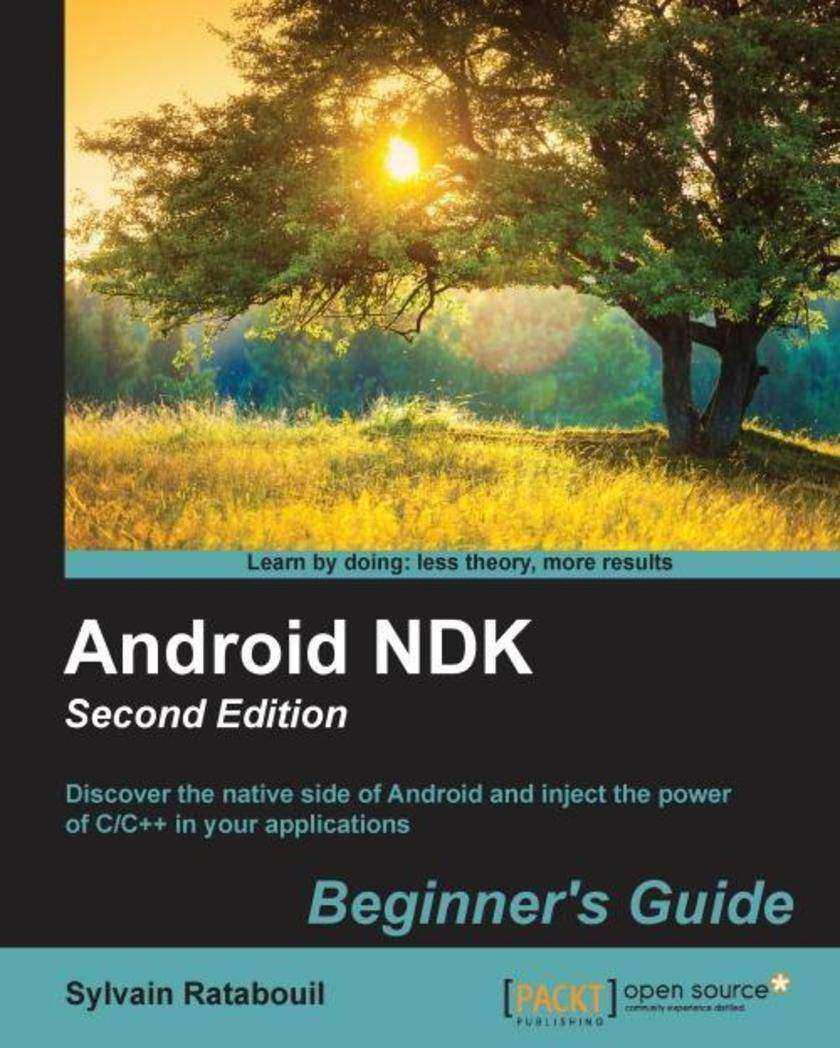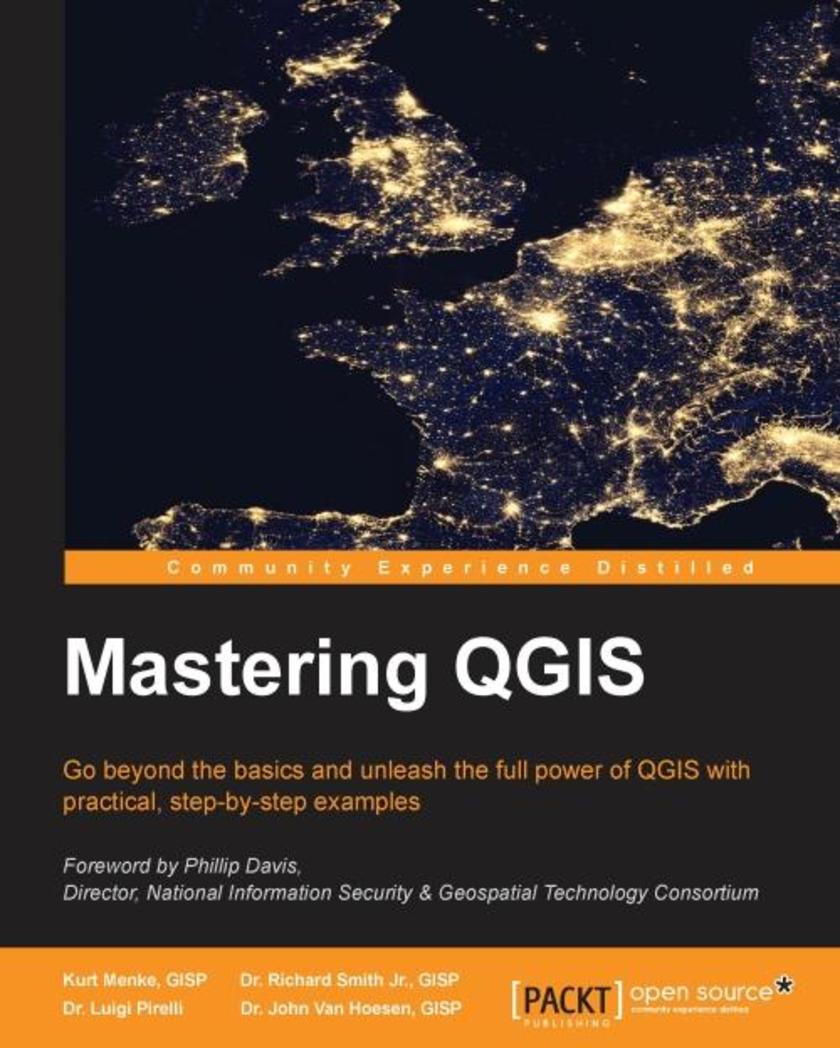
Learning Android Application Testing
¥90.46
If you are an Android developer looking to test your applications or optimize your application development process, then this book is for you. No previous experience in application testing is required.

Mastering Citrix? XenDesktop?
¥90.46
This book is intended for IT administrators who want to use Citrixas a desktop virtualization solution or for IT architects who want to learn how to design and implement highly available and scalable XenDesktopenvironments. It is assumed that you have intermediate-level knowledge of virtualization concepts, Windows desktop operating systems, and Windows Server technologies. Citrix?, Citrix Systems?, XenApp?, XenDesktop?, and CloudPortalare trademarks of CitrixSystems?, Inc. and/or one or more of its subsidiaries, and may be registered in the United States Patent and Trademark Office and in other countries.

Lua Game Development Cookbook
¥90.46
This book is for all programmers and game enthusiasts who want to stop dreaming about creating a game, and actually create one from scratch. The reader should know the basics of programming and using the Lua language. Knowledge of the C/C++ programming language is not necessary, but it's strongly recommended in order to write custom Lua modules extending game engine capabilities or to rewrite parts of the Lua code into a more efficient form. Algebra and matrix operations are required in order to understand advanced topics in Chapter 4, Graphics – Legacy Method with OpenGL 1.x-2.1 and Chapter 5, Graphics – Modern Method with OpenGL 3.0+. Sample demonstrations are coupled with binary libraries for Windows and Linux operating systems for convenience.

Implementing Samba 4
¥90.46
This book is an implementation tutorial covering stepbystep procedures, examples, and sample code, and has a practical approach to set up a Samba 4 Server as an Active Directory Domain Controller and also set up different Samba 4 server roles. This book is ideal for system administrators who are new to the Samba 4 software, and who are looking to get a good grounding in how to use Samba 4 to implement Active Directory Services. It's assumed that you will have some experience with general system administration, Active Directory, and GNU/Linux systems. Readers are expected to have some test machines (virtual machines), which will be used to execute the examples within this book.

OpenStack Cloud Computing Cookbook - Third Edition
¥90.46
This book is aimed at system administrators and technical architects moving from a virtualized environment to cloud environments; who are familiar with cloud computing platforms. Knowledge of virtualization and managing Linux environments is expected. Prior knowledge or experience of OpenStack is not required, although beneficial.

PostgreSQL for Data Architects
¥90.46
This book is for developers and data architects who have some exposure to databases. It is assumed that you understand the basic concepts of tables and common database objects, including privileges and security.

Mastering Responsive Web Design with HTML5 and CSS3
¥90.46
If you already know some HTML and CSS and understand the principles of responsive web design, this book is for you. There's something here for you to learn regardless of whether you're a web designer or web developer, or whether you're a seasoned expert web professional.

Mastering jQuery Mobile
¥90.46
You've started down the path of jQuery Mobile, now begin mastering some of jQuery Mobile's higher level topics. Go beyond jQuery Mobile's documentation and master one of the hottest mobile technologies out there. Previous JavaScript and PHP experience can help you get the most out of this book.

Corona SDK Mobile Game Development: Beginner's Guide - Second Edition
¥90.46
This book is for anyone who wants to have a go at creating commercially successfully games for Android and iOS. You don’t need game development or programming experience.

Less Web Development Cookbook
¥90.46
Aimed at those who want to overcome the limitations of CSS, through this book you will begin to harness the efficiency of Less by building advanced, responsive, and modern websites. Experienced web developers, students, and even web designers will find this guide very useful as they enhance their CSS skills.

Mastering Predictive Analytics with R
¥90.46
This book is intended for the budding data scientist, predictive modeler, or quantitative analyst with only a basic exposure to R and statistics. It is also designed to be a reference for experienced professionals wanting to brush up on the details of a particular type of predictive model. Mastering Predictive Analytics with R assumes familiarity with only the fundamentals of R, such as the main data types, simple functions, and how to move data around. No prior experience with machine learning or predictive modeling is assumed, however you should have a basic understanding of statistics and calculus at a high school level.

Java EE 7 Development with NetBeans 8
¥90.46
The book is aimed at Java developers who wish to develop Java EE applications while taking advantage of NetBeans functionality to automate repetitive tasks. Familiarity with NetBeans or Java EE is not assumed.

Mastering JavaScript Promises
¥90.46
This book is for all the software and web engineers wanting to apply the promises paradigm to their next project and get the best outcome from it. This book also acts as a reference for the engineers who are already using promises in their projects and want to improve their current knowledge to reach the next level. To get the most benefit from this book, you should know basic programming concepts, have a familiarity with JavaScript, and a good understanding of HTML.

Go Programming Blueprints
¥90.46
Intended for seasoned Go programmers who want to put their expertise in Go to use to solve big, real-world, modern problems. With a basic understanding of channels and goroutines, you will hone your skills to build tools and programs that are quick and simple. You need not be an expert in distributed systems or technologies in order to deliver solutions capable of great scale. It is assumed that you are familiar with the basic concepts of Go.

Android NDK: Beginner's Guide - Second Edition
¥90.46
Are you an Android Java programmer who needs more performanceAre you a C/C++ developer who doesn’t want to bother with the complexity of Java and its out-of-control garbage collectorDo you want to create fast intensive multimedia applications or gamesIf you’ve answered yes to any of these questions then this book is for you. With some general knowledge of C/C++ development, you will be able to dive headfirst into native Android development.

Mastering QGIS
¥90.46
If you are a GIS professional, a consultant, a student, or perhaps a fast learner who wants to go beyond the basics of QGIS, then this book is for you. It will prepare you to realize the full potential of QGIS.

Learning Behavior-driven Development with JavaScript
¥90.46
This book is ideal for any JavaScript developer who is interested in producing well-tested code. If you have no prior experience with testing, Node.js, or any other tool, do not worry, as they will be explained from scratch.

Mastering Unity Scripting
¥90.46
Mastering Unity Scripting is an advanced book intended for students, educators, and professionals familiar with the Unity basics as well as the basics of *ing. Whether you've been using Unity for a short time or are an experienced user, this book has something important and valuable to offer to help you improve your game development workflow.

PowerCLI Cookbook
¥90.46
If you are a virtualization professional who wants to unleash the power of automation and combat the complexity of sprawling virtual environments, this book is ideal for you. This book will enhance your skills of administering VMware vSphere and vCloud Director with PowerCLI.

Learning Python Network Programming
¥90.46
If you're a Python developer or a system administrator with Python experience and you're looking to take your first steps in network programming, then this book is for you. Basic knowledge of Python is assumed.

Avid Media Composer 6.x Cookbook
¥90.46
Written in a Cookbook style, it's packed with logically-sequenced recipes to gain deeper understanding of the software. Each recipe contains step-by-step instructions followed by analysis of what was done in each task and other useful information. The book is designed so that you can read it chapter by chapter, or you can look at the list of recipes and refer to them in no particular order. If you are new to editing with Avid, this book will help you get the most out of Avid Media Composer right from the start. Even if you are intermediately experienced with Avid, you will discover new methods and gain a deeper understanding to take your Avid experience to the next level, with greater confidence.




 购物车
购物车 个人中心
个人中心



